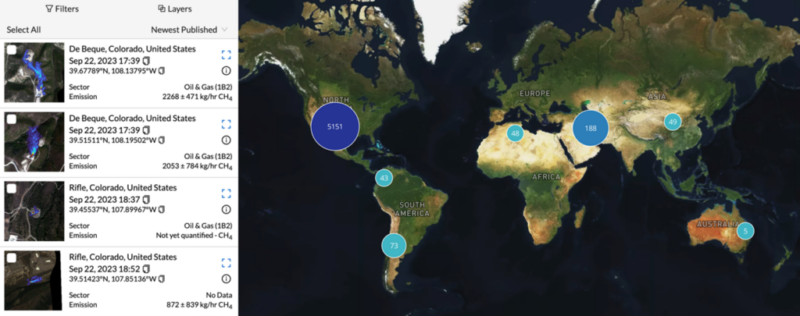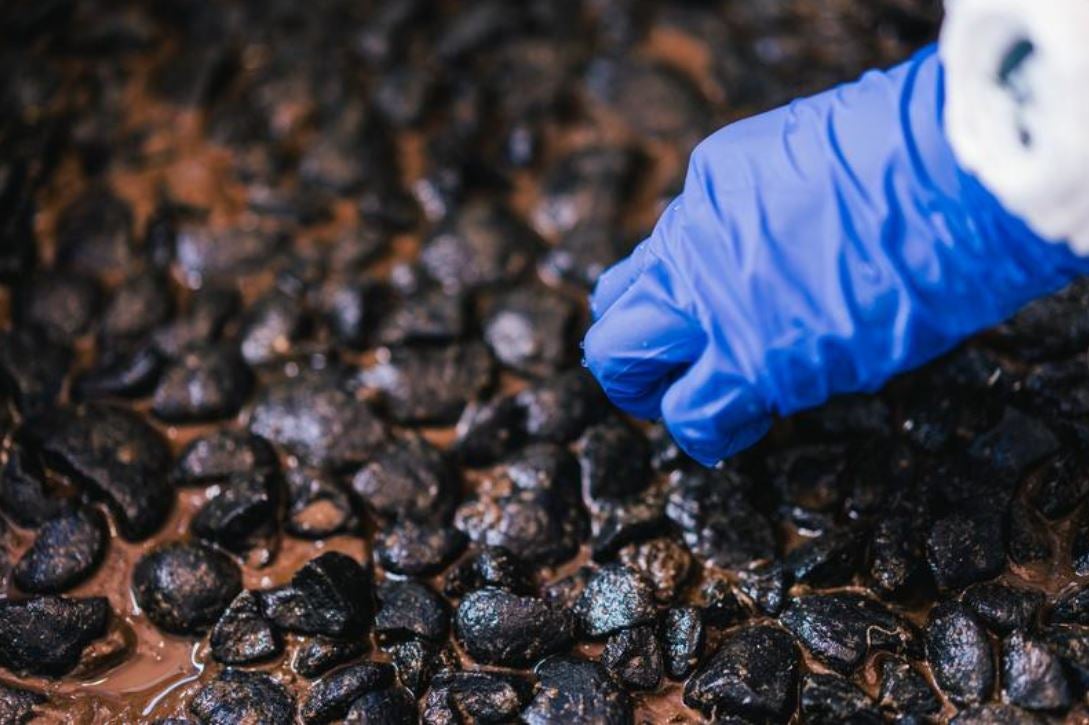
If you’ve been following me on here over the last few years, you’ll know about my bad experiences with a 2018 Nissan LEAF. I had a number of problems with the vehicle that I’ve had with no other vehicle before or since, but the biggest problem was the lack of liquid cooling.
This didn’t come from just a little testing, either. I owned the vehicle new from the dealer lot and put 40,000 miles on it over the next year or so, and charging speeds were constantly a problem for rideshare driving. Later, I took the vehicle on a 1,200 mile trip to see how it did in milder spring temperatures, and it wasn’t a great experience. What should have been a four-day trip ended up taking about a week with all of the overheating issues. Even after a software update supposedly fixed the issue, I saw little difference, and concluded that it wasn’t suitable for road trips.
Last year, I ended up trading the LEAF in and buying a Bolt EUV. My wife said we aren’t allowed to buy another Nissan ever again, and my kids who endured some of the slow charging feel the same way. Given the problems the company had with many of its ICE vehicles’ transmissions, I can see why they feel that way, but I’ve kept an eye out to see if Nissan eventually got it right.
While LEAFs of all battery sizes (including the 62 kWh LEAF Plus) are still having thermal issues, it was encouraging to see Nissan include a liquid cooling system in its Ariya electric crossover. But, having a liquid cooling system and having a GOOD liquid cooling system are two different things. So, I’ve also been watching to see how it turned out for different people who tested and bought it.
Fortunately, today I came across what’s probably the best and most thorough test I’ve seen of the Ariya’s cooling that’s possible.
Snap. Been running our Ariya all across the U.S. and drove LA to El Paso during the heatwave with back to back charging and the car has performed superbly.
No issues whatsoever pic.twitter.com/JYTxh3HVh8
— Pole to Pole EV (@PoletoPoleEV) July 23, 2023
The Toughest Possible Test Short Of Towing
There are two things that make this the toughest thermal test around, with the possible exception of pulling a trailer. First, the vehicle’s modifications all increase energy consumption. Second, they took this modified vehicle into extreme heat.
The biggest thing you’ll notice from photos is that the car has 39″ tires, and they’re made for terrain. This means that the vehicle can go a lot more places, but it also means that the vehicle is going to use a lot more energy doing normal highway driving. It’s also lifted and on a custom suspension to get more ground clearance and better articulation, and that’s going to not only increase vehicle weight, but give it a taller aerodynamic profile. The width of the tires and the custom fender flares also add to the vehicle’s drag on the sides.
Finally, they’re carrying a rooftop tent on top, which increases both weight and drag even more.
They took this modified vehicle that uses more energy and drove it from Los Angeles to El Paso, crossing the Mojave, Sonoran, and Chihuahuan deserts. And, at this time in 2o23, we’re experiencing record heat across the whole region, making for temperatures that usually exceed 100 degrees in the lower deserts and temperatures approaching 110 degrees in the high deserts.
About the only thing that could put more stress on the vehicle’s cooling system would be to hitch a big trailer up behind it, but to do that, you’d have to lower speeds to make up for it, so I’m not sure that it would make a huge difference.
“No Issues Whatsoever”
I’ve been trying to meet up with the Pole to Pole team to get further information on the vehicle’s energy usage and performance in the desert, but the tweet I embedded above makes it pretty clear. The vehicle experienced “no issues whatsoever” on the drive. The extra energy usage and the record heat didn’t cause the vehicle to charge slowly, lose power, or do anything else that the adventurers noticed.
I’d imagine that the range was affected, but today’s CCS charging network between Los Angeles and El Paso is a lot better than it used to be. There’s no reason that the Ariya couldn’t make it, even if it was getting half of its original factory range in ideal conditions.
Every EV Should Have To Pass A Similar Test, & Tow If Rated For That
Based on my bad experiences with EVs and heat-related problems, I think this is a test automotive journalists should run, but it would be even better if manufacturers did something like this.
I wouldn’t suggest that a modified off-road version of every EV should be built and run from LA to El Paso in late June (what’s typically the hottest time of year), even if seeing a custom rig like that would be extremely cool! Instead, manufacturers should devise a similar torture test.
My suggestion would be to take less drastic measures. Instead of putting wide 39s on the vehicle, just put the least efficient tire available in the factory size. Remove some of the body panels to create more drag. Bolt a very inefficient box on top of a luggage rack. Load a bunch of sandbags to bring the vehicle to GVWR. Then, drive it in the hottest parts of the United States and the hottest parts of the world.
EVs with tow ratings should add to this stress by making sure they’re ready to drive with a trailer loaded to that limit. Having an EV that can theoretically tow but would overheat in the worst conditions isn’t a great idea.
The Los Angeles to El Paso route would actually be a very good choice for this. Not only does it cross several deserts, but it climbs up some pretty steep hills (especially going from Tucson to Willcox, Arizona) and mixes in some urban areas along the way. Freeway speeds are also high, with limits often set at 75 MPH and drivers often doing 80–85 MPH. One good side test to do would be to drive from Phoenix to Flagstaff in the hottest weather, especially between Phoenix and Cordes Junction (a stretch of road that challenges many ICE vehicles).
But, just seeing that Nissan’s newest EV gets this stretch right is a good sign that the industry is moving past its early struggles.
Featured image provided by Nissan.
I don’t like paywalls. You don’t like paywalls. Who likes paywalls? Here at CleanTechnica, we implemented a limited paywall for a while, but it always felt wrong — and it was always tough to decide what we should put behind there. In theory, your most exclusive and best content goes behind a paywall. But then fewer people read it! We just don’t like paywalls, and so we’ve decided to ditch ours. Unfortunately, the media business is still a tough, cut-throat business with tiny margins. It’s a never-ending Olympic challenge to stay above water or even perhaps — gasp — grow. So …
Sign up for daily news updates from CleanTechnica on email. Or follow us on Google News!
Have a tip for CleanTechnica, want to advertise, or want to suggest a guest for our CleanTech Talk podcast? Contact us here.
Former Tesla Battery Expert Leading Lyten Into New Lithium-Sulfur Battery Era:
CleanTechnica uses affiliate links. See our policy here.




